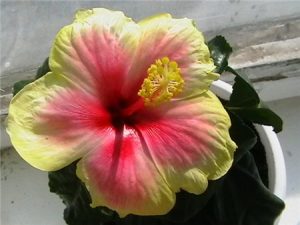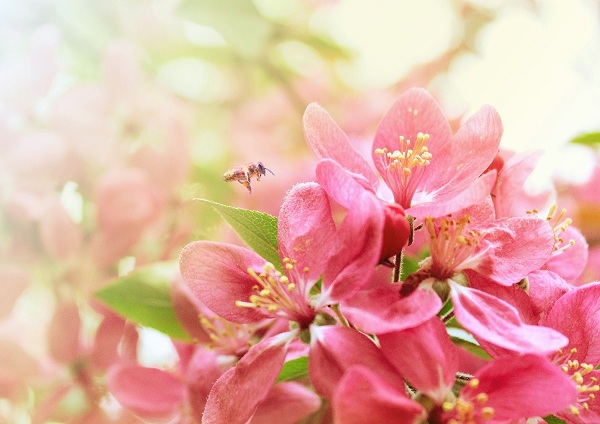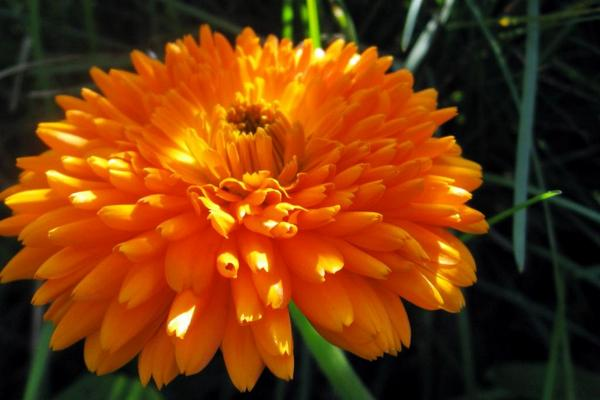mercilessly scorching
Agave
 The extensive genus of agaves unites approximately 300 species native to North and Central America. Agaves are very undemanding plants. The name was given in honor of Agave – the daughter of one of the ancient mythical kings.
The extensive genus of agaves unites approximately 300 species native to North and Central America. Agaves are very undemanding plants. The name was given in honor of Agave – the daughter of one of the ancient mythical kings.
Agave is a fairly powerful plant with succulent leaves. The leaves have an aquiferous tissue, which allows them to spend moisture during dry periods very economically. The diameter of the leaf rosette reaches 2.5 m. The leaves are large, solid, fleshy, wide or narrow, ending in strong spines; most species have strong bent or straight thorns at the edges of the leaves. The color of the leaves is gray, green, bluish-green, in some species yellow or white stripes or whitish threads are split along the edges of the leaves, split off from the edges. The leaves are covered with a thick waxy coating.
Agave blooms once in a lifetime – after flowering it dies, leaving numerous root offspring. A high peduncle (up to 10 m) appears from the middle of the outlet and bears several thousand (2 to 8) beautiful bell-shaped flowers collected in panicled inflorescences. Indoor plant never blooms. Continue reading
LEGENDS AND INTERESTING HISTORICAL FACTS ABOUT FLOWERS
 One of the ancient Greek legends is dedicated to the mysterious origin of violet flowers. The beautiful Apollo – the sun god – entertained himself by chasing a pretty young nymph – the daughter of Atlas with the hot rays of the sun.
One of the ancient Greek legends is dedicated to the mysterious origin of violet flowers. The beautiful Apollo – the sun god – entertained himself by chasing a pretty young nymph – the daughter of Atlas with the hot rays of the sun.
The poor thing, exhausted by the mercilessly scorching sun, prayed for help to the most formidable and powerful of the gods Zeus. Feeling sympathy, Zeus turned it into a violet and hid it from the sun in his possessions – in the shade of shrubs in the middle of the forest. Hid from the eyes of others, left only to admire himself. Until one day, the daughter of Zeus Proserpine went for a walk in the forest. Finding lovely flowers, Proserpina plucked a bouquet, and on her way back she was stolen by the crafty Pluto. With fear, Proserpine dropped the bouquet, and violets scattered from divine heaven on sinful human earth. Continue reading




